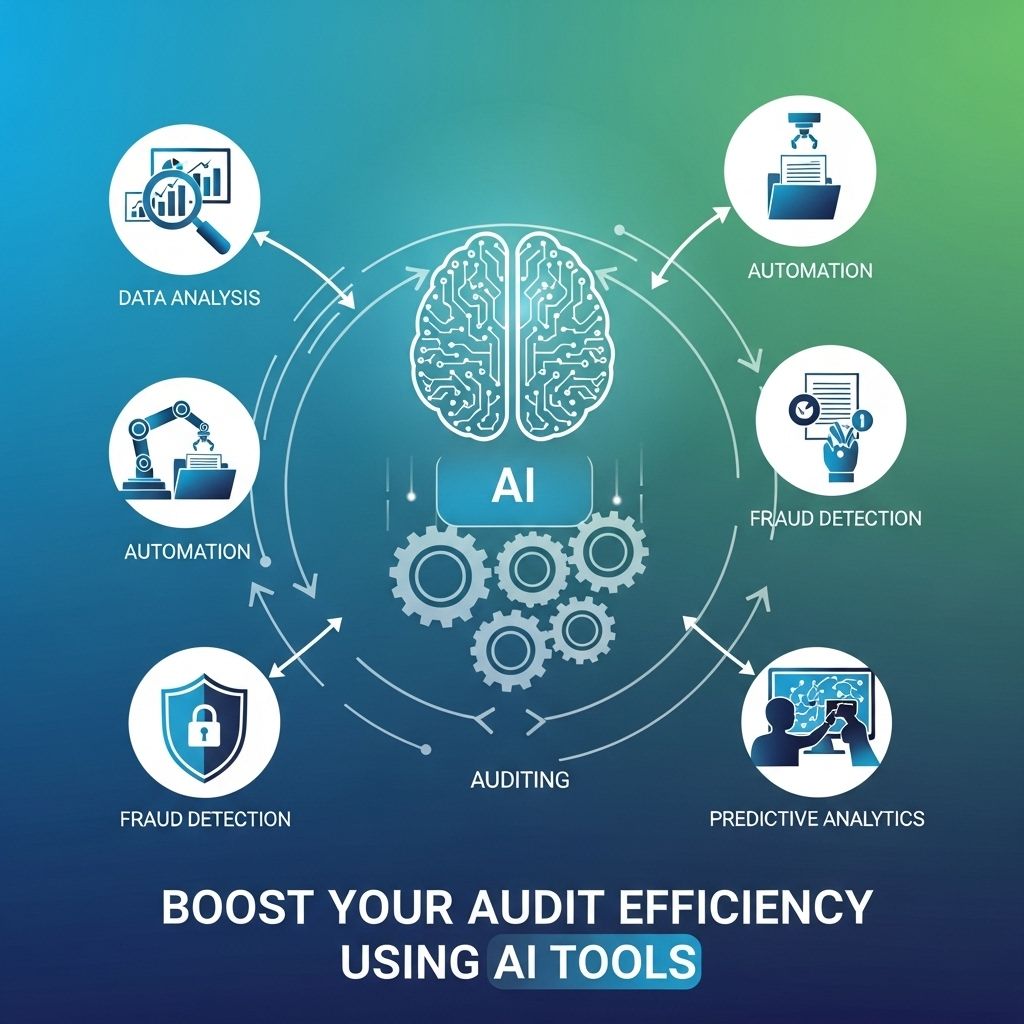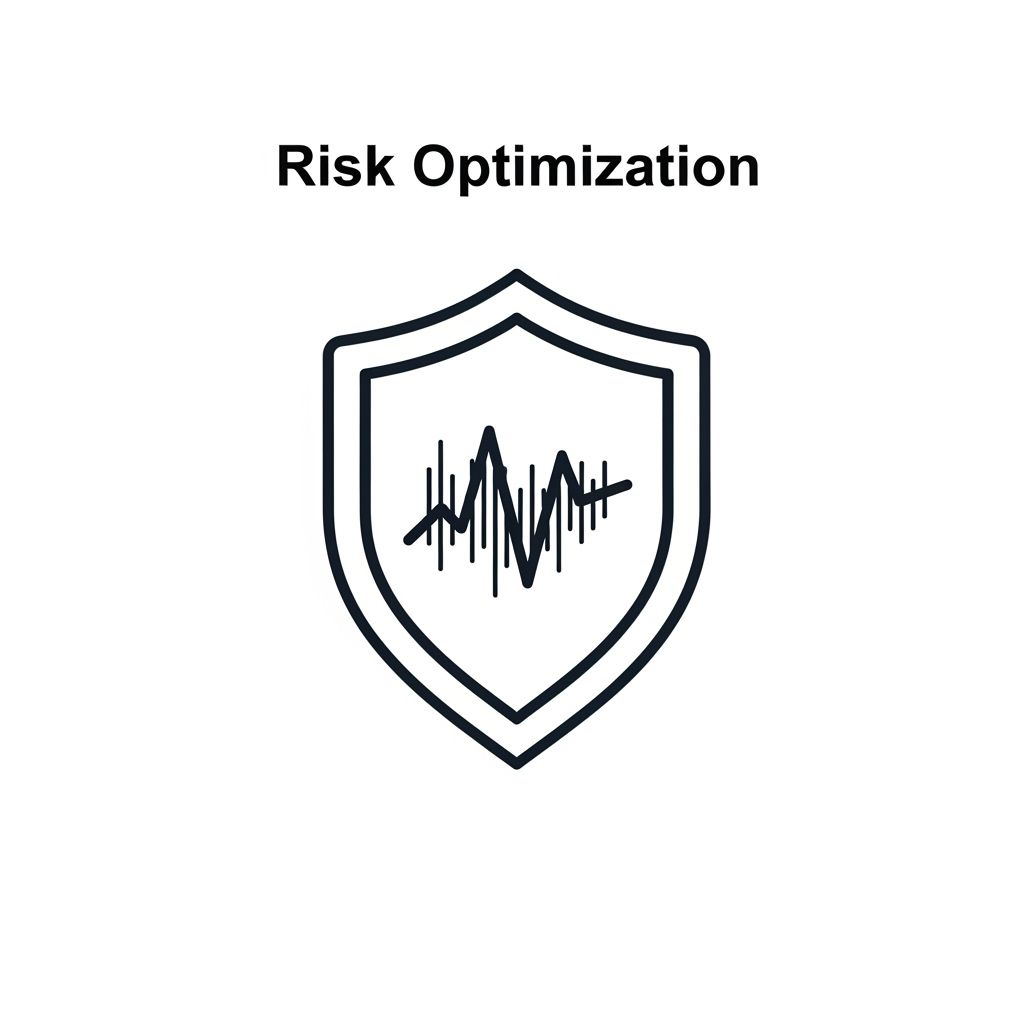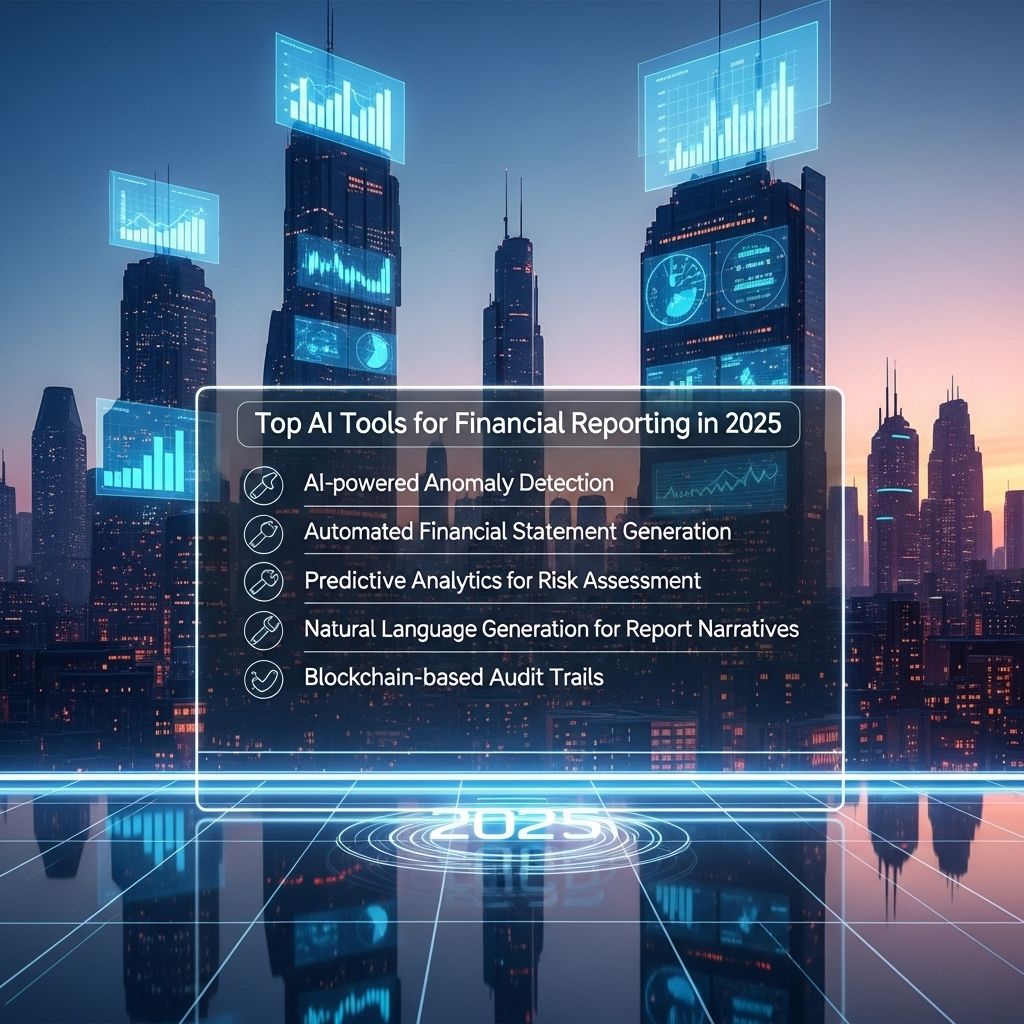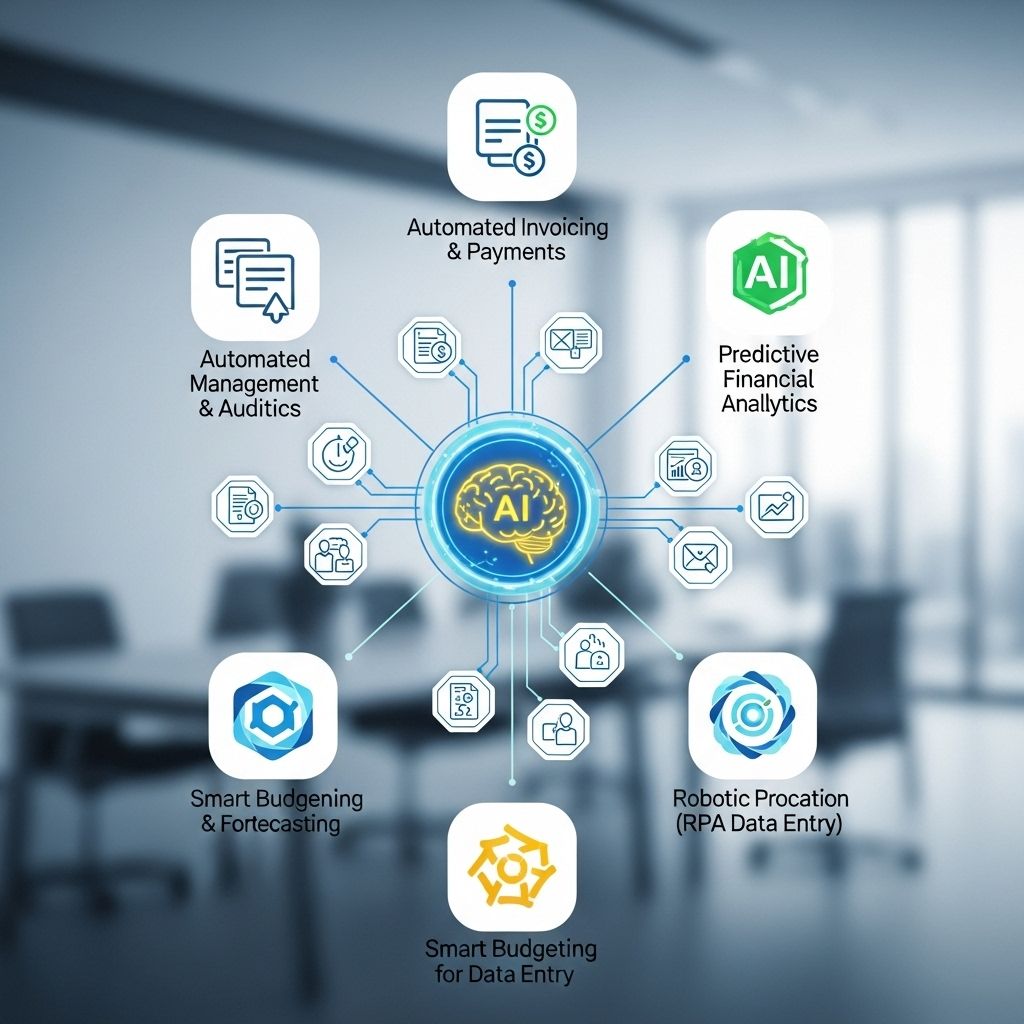Maximize Lending Success with AI Risk Profiling
Discover how AI risk profiling can enhance your lending strategies and boost success rates in the financial industry.

In the modern financial landscape, traditional methods of assessing credit risk are gradually being overshadowed by the advent of Artificial Intelligence (AI). This transition is driven by AI’s ability to analyze vast datasets at unprecedented speeds, providing lenders with deeper insights into borrower behavior, preferences, and risk factors. The integration of AI-driven risk profiling allows financial institutions to make informed lending decisions, effectively minimize defaults, and ultimately enhance profitability. Let’s explore how AI is reshaping the risk profiling landscape and the implications for lenders and borrowers alike.
Table of Contents
Understanding AI Risk Profiling
AI risk profiling involves deploying machine learning algorithms and data analytics tools to evaluate the creditworthiness of potential borrowers. Unlike traditional risk assessment methods that rely heavily on credit scores and historical data, AI systems can incorporate a wider range of variables, including:
- Social media activity
- Online transaction histories
- Device usage patterns
- Demographic data
- Economic indicators
This multifaceted approach allows lenders to develop a more nuanced understanding of potential risk, leading to more accurate predictions of borrower behavior.
The Importance of Data in AI Risk Profiling
Data serves as the backbone of AI risk profiling. However, to effectively leverage AI, lenders must focus on:
- Data Quality: The accuracy and relevance of the data play a crucial role in the effectiveness of AI algorithms.
- Data Volume: Large datasets provide more insights, enabling algorithms to learn from a diverse set of borrower behaviors.
- Data Variety: Integrating various types of data (structured and unstructured) can lead to a more holistic understanding of risk.
Benefits of AI Risk Profiling for Lenders
Utilizing AI for risk profiling can yield several advantages for financial institutions, including:
| Benefit | Description |
|---|---|
| Improved Accuracy | AI algorithms can identify patterns and correlations that human analysts might miss, leading to better risk assessments. |
| Faster Decision-Making | Automated risk profiling reduces the time needed to process applications, allowing lenders to respond to borrowers more swiftly. |
| Cost Efficiency | By streamlining the assessment process, lenders can reduce operational costs associated with manual evaluations. |
| Enhanced Customer Experience | Faster approvals and personalized lending options improve borrower satisfaction. |
Case Studies: Successful Implementations
Several financial institutions have successfully integrated AI risk profiling into their operations:
- JP Morgan Chase: The bank utilizes AI to analyze millions of data points for better risk assessments, significantly reducing default rates.
- Credit Karma: By employing AI-driven algorithms, Credit Karma provides personalized credit scores and recommendations, improving customer engagement.
- Avant: This online lender uses machine learning to assess borrowers that may not have traditional credit profiles, expanding credit access to underserved populations.
The Challenges of AI Risk Profiling
Despite its benefits, AI risk profiling is not without challenges. These include:
- Regulatory Compliance: Financial institutions must ensure that their AI models comply with evolving regulations regarding data privacy and discrimination.
- Algorithmic Bias: If not carefully monitored, AI systems can inadvertently propagate biases present in training data, leading to unfair lending practices.
- Data Security: As lenders gather and analyze more personal data, they face increased risks related to data breaches and cybersecurity threats.
Best Practices for Implementing AI Risk Profiling
To successfully implement AI risk profiling, lenders should consider the following best practices:
- Conduct regular audits of AI algorithms to identify and mitigate biases.
- Ensure transparency in how AI models make lending decisions to build trust with borrowers.
- Invest in robust cybersecurity measures to protect sensitive data.
- Foster collaboration between data scientists, compliance officers, and risk managers to align AI initiatives with organizational goals.
Future Trends in AI Risk Profiling
The landscape of AI risk profiling is continually evolving. Some emerging trends include:
1. Increased Use of Alternative Data
As traditional credit scores fail to capture the full picture of creditworthiness, lenders are increasingly turning to alternative data sources such as:
- Utility and rent payment histories
- Behavioral data from mobile apps
- Geolocation data
2. Enhanced AI Interpretability
With a growing focus on algorithmic transparency, the industry will likely see advancements in AI interpretability. Tools that explain how AI models arrive at decisions will be essential for regulatory compliance and borrower trust.
3. Personalization and Dynamic Risk Assessment
AI systems will enable lenders to provide personalized offers and dynamically adjust risk assessments based on real-time data. This adaptability can lead to more tailored financial products that meet the unique needs of borrowers.
Conclusion
AI risk profiling represents a transformative opportunity for lenders to enhance their decision-making processes and reduce risk exposure. By harnessing the power of AI, financial institutions can navigate the complexities of modern lending with greater accuracy and efficiency. However, the success of this approach hinges on addressing the associated challenges and adhering to best practices. As technology continues to evolve, the future of lending looks promising, paving the way for smarter, more responsible credit decisions.
FAQ
What is AI risk profiling in lending?
AI risk profiling in lending uses artificial intelligence algorithms to assess the creditworthiness of borrowers by analyzing their financial data, behavior patterns, and other relevant metrics.
How does AI risk profiling improve lending decisions?
AI risk profiling enhances lending decisions by providing more accurate assessments of borrower risk, enabling lenders to make informed choices that reduce default rates and increase profitability.
What are the benefits of using AI for risk assessment in loans?
The benefits of using AI for risk assessment include faster processing times, improved accuracy in risk evaluation, reduced human bias, and the ability to analyze vast amounts of data in real-time.
Can AI risk profiling help in identifying fraud?
Yes, AI risk profiling can help identify potential fraud by flagging unusual patterns and behaviors that deviate from typical borrowing profiles, allowing lenders to take proactive measures.
Is AI risk profiling suitable for all types of lending?
AI risk profiling is suitable for various types of lending, including personal loans, mortgages, and business loans, as it can be adapted to different risk assessment criteria.
How can lenders implement AI risk profiling in their processes?
Lenders can implement AI risk profiling by integrating AI tools into their existing systems, training staff on data interpretation, and continuously updating algorithms based on new data and trends.








